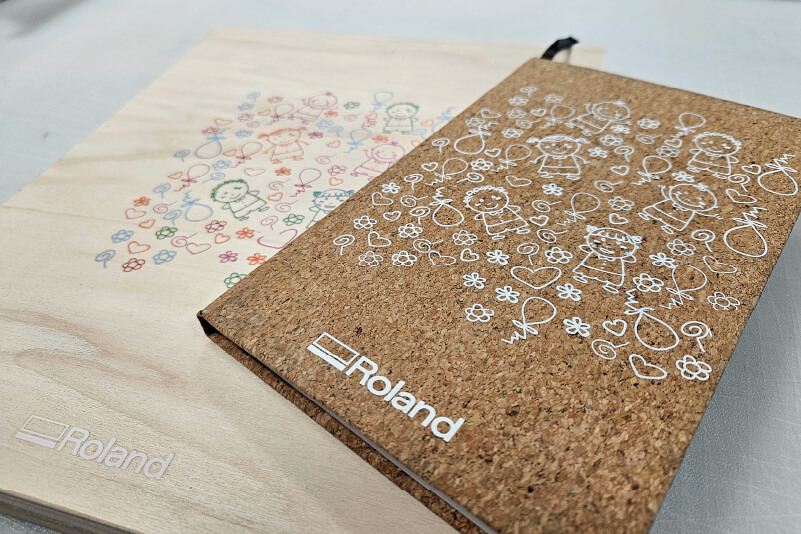Direct-to-film (DTF) printing is quickly growing in popularity as a solution for t-shirt and garment customisation. By printing designs onto a film, the ink can be transferred onto the desired substrate, making it possible to produce items with highly intricate graphics without the need for weeding excess vinyl. However, while primarily designed for fabric printing, some variations of DTF technology can also be used on certain hard surfaces.
In this article, we are going to look at what uses DTF can have beyond fabric customisation.
What Can You Print on with DTF?
As the technology was developed specifically for fabric applications, DTF has become known as an adept method of customising apparel and other fabric items and a legitimate alternative to heat-transfer vinyl. That’s not to say that one is more suitable than the other, in fact, they both excel under different conditions, something we explored in depth in our article, “DTF or Heat-transfer Vinyl: Which is Best for You?”. However, DTF is strong in areas where HTV is weaker, and vice versa, making them particularly useful in combination.
So, what can you print on with DTF?
The Traditional
Firstly, let’s look at the applications that DTF was designed for. These are tried, tested, and recommended applications that can be the foundation of many a business, whether you’re starting out on your customisation journey, or looking to introduce new products or revenue streams to your expanding business.
Apparel
- T-shirts
- Hoodies
- Sweatshirts
- Denim
- Caps
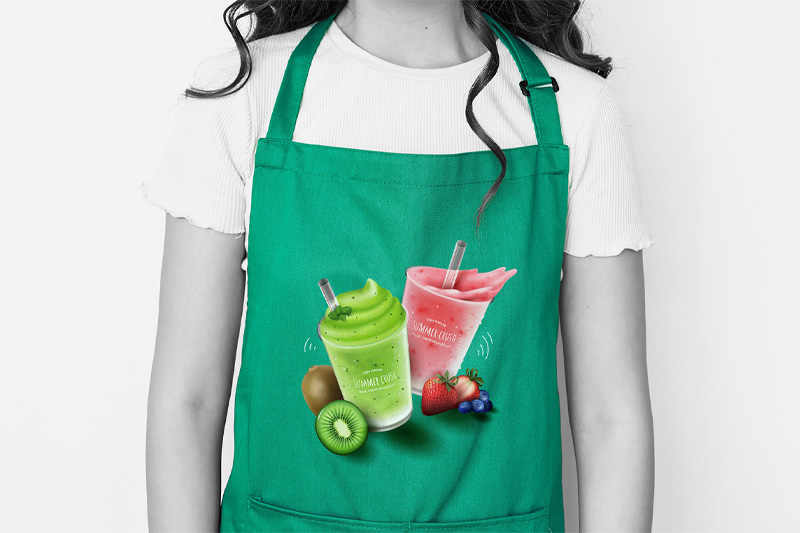
If the right ink and powder combination is used, DTF prints on apparel will maintain the soft and breathable qualities of the fabric. The ink blends with the fabric, ensuring a smooth and comfortable finish without compromising the fabric's natural texture and feel. It has good stretch properties, meaning that it shouldn’t crack under strain when the wearer moves.
Bags and Accessories
- Tote bags
- Backpacks
- Purses
- Lanyards
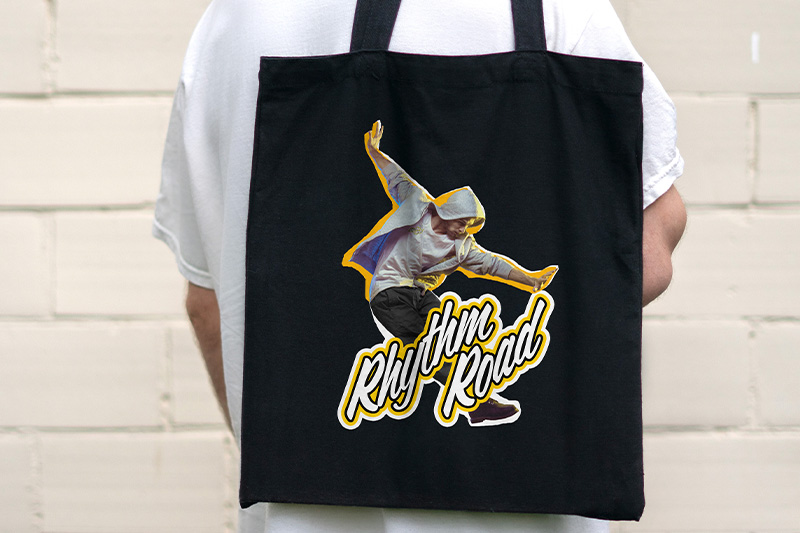
DTF printing is cost-effective when producing smaller quantities of items. Think of a limited run of branded items, like tote bags and lanyards for a trade fair. These products will never go out of style, so being able to produce them quickly and to order is a real benefit to your customer. Of course, it’s not just useful for company branding. Printing on school bags or even fashion accessories is also very popular.
Fabrics
- Natural fibres like cotton
- Synthetics like polyester, nylon, and blends
Unlike other garment printing solutions, DTF is compatible with a wide variety of fabrics, with no need to pretreat them. This means it’s possible to create vibrant and detailed prints on all sorts of fabric surfaces from one machine rather than needing a different technology for different substrates.
Some fabrics, especially synthetic ones, can be damaged when subjected to excessive heat, such as from the heat press process. DTF needs to be pressed at around 150ºC, which is cooler than other methods so it’s kinder to the more sensitive fabrics.
The Non-traditional
Another of the major benefits of DTF print is its versatility. Yes, it was developed for the fabric customisation market, but it has proven to be very adept at customising all sorts of items, including many rigid substrates.
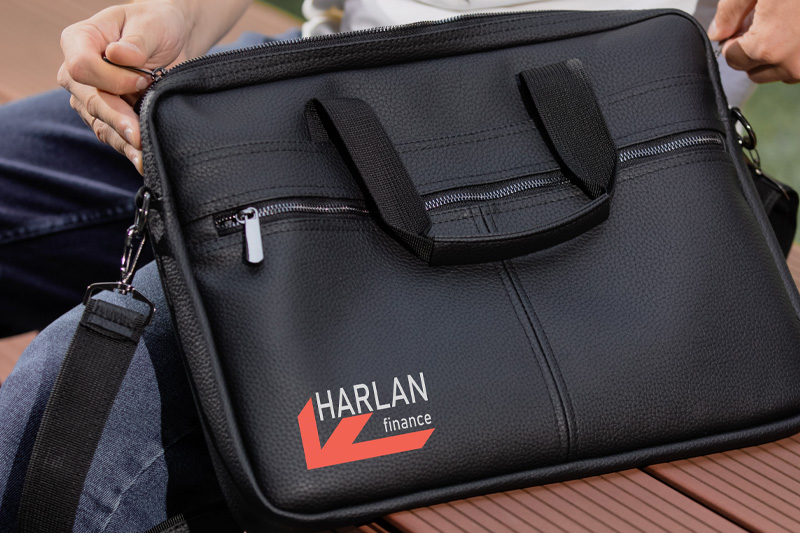
To ensure you can meet the quality and longevity expectations of your customers, it's important to test your process to ensure your solution meets their needs, particularly if you're trying something new. This could be producing customer samples to check quality and adhesion or simply running internal tests to ensure your heat press can make firm contact with your object and apply the transfer.
Promotional Items
- Mousepads
- Keychains
- Umbrellas
- Awards

You can produce quality promotional items or branded gifts for companies looking for a bit of exposure. You can offer customers a number of different products, from metal or plastic keyrings to larger items like branded umbrellas, that don’t need to be purchased in bulk to be cost-effective. The high-quality DTF print adheres well to many different surfaces, meaning there are lots of options to explore.
Covers and Cases
- Journal covers
- Diary covers
- Leather cases
It’s important to use protective sheets to protect the object from the heat of the heat press. DTF transfers work well on card, plastic or leather, but these substrates can be damaged by heat. Leather, especially, is prone to losing its texture when heat and pressure are applied, so always test your process in a safe way before producing the final product.
Wood
- Wooden signs
- Plaques
- Coasters
- Picture frames
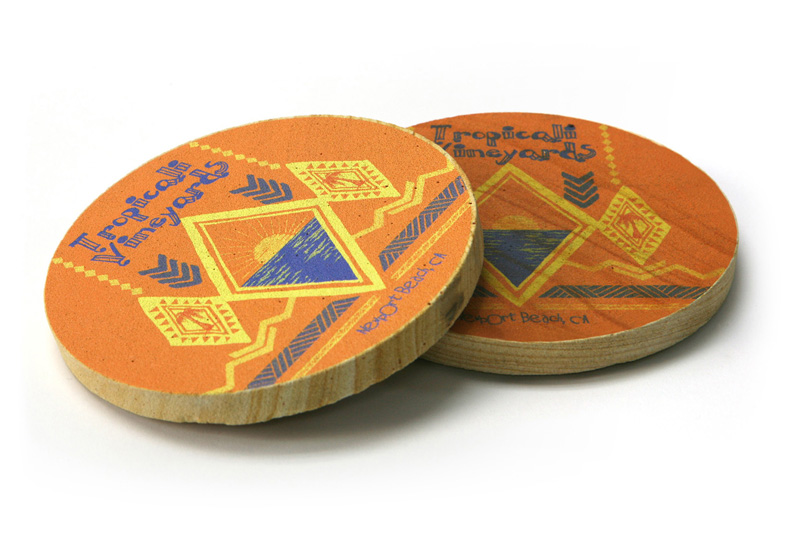
Wood makes an interesting substrate for DTF transfers thanks to its natural texture and unique colouring. Wooden products come in a variety of styles, shapes and sizes and can create excellent results.
From presentation gift boxes and awards to coasters and placemats, there are plenty of opportunities to sell custom DTF-printed wooden items to both the B2C and B2B markets.
Metal
- Industrial signage
- Medals
Likewise, DTF can customise metal items. Some metals such as aluminium can work with DTF transfers and the thin transfer allows the different textured surfaces to shine through. DTF could be an effective way of printing small runs of industrial signage, customised medals or any other metal-based application you can think of and test.
Certain Plastics
- Phone cases
- Notebooks
- Stationery
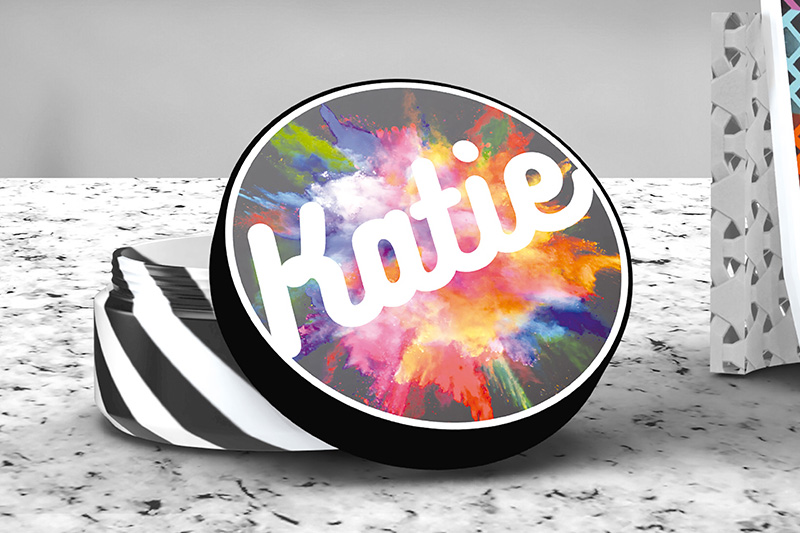
Phone and tablet case personalisation is particularly popular with customers, and various promotional items are possible applications for personalisation with DTF. Plastic casings, such as for electronics could also be personalised, but it’s worth making sure the heat press won’t cause any damage to the actual product and, again, perform test prints to ensure compatibility and adhesion.
Not all plastics are suited to DTF though. Silicon, for example, has a low surface tension designed to repel substances from binding with it, which rules out transfers to non-slip bath mats, or waxed and other treated items.
Conclusion
While most commonly known for its ability to customise fabrics, DTF is a versatile technology capable of producing great results on a number of different substrates. Assuming the surface is flat and can withstand the heat and pressure needed to activate the adhesive, there are numerous applications worth exploring that can provide money-making products for your business.
If you’d like more information on anything mentioned in this article, please contact your Roland DG representative, or talk to an expert here.

